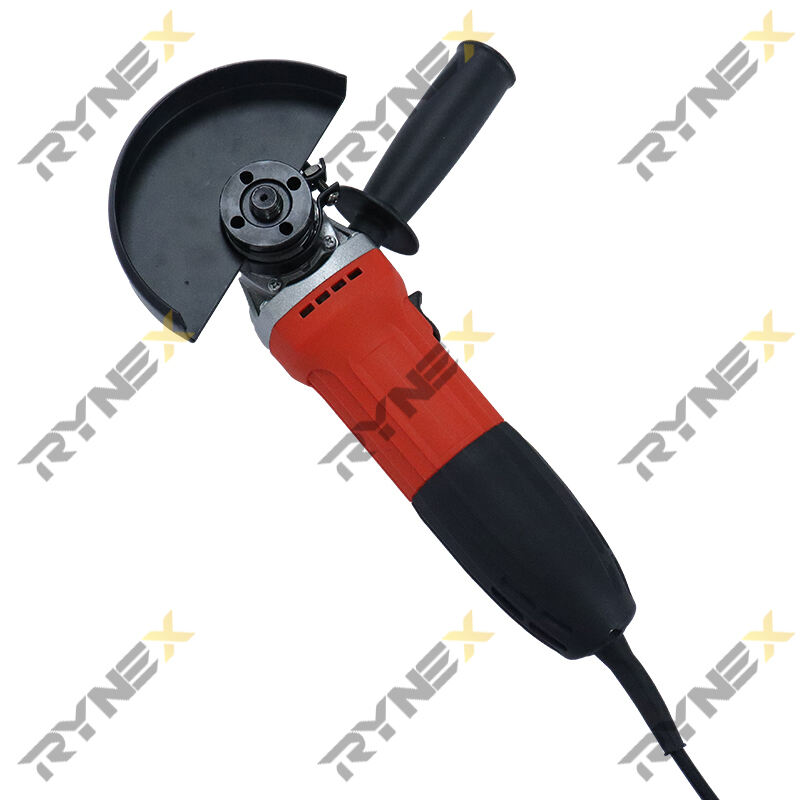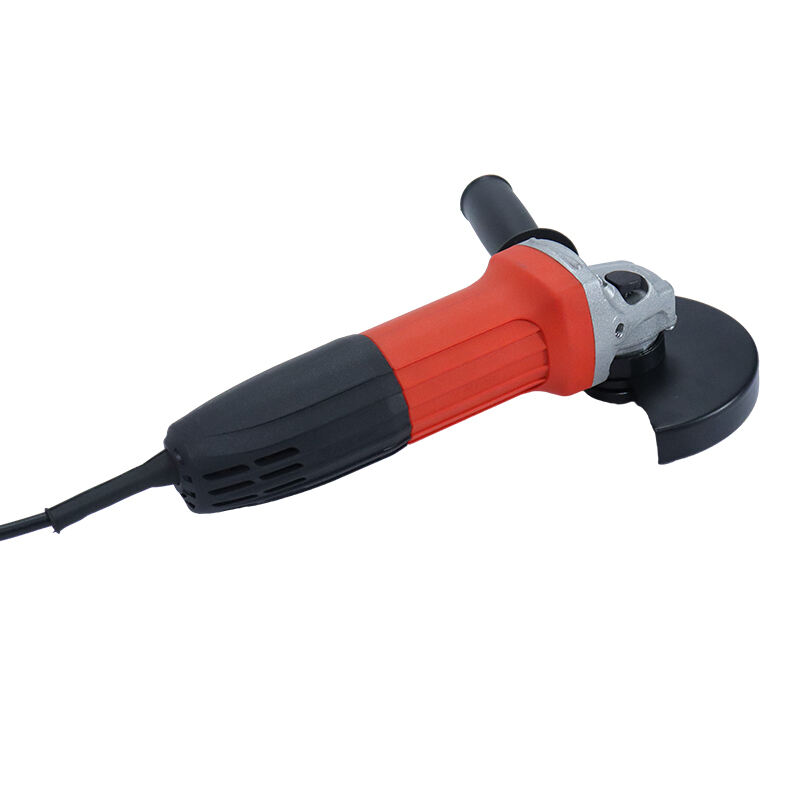Essential Care Practices for Professional Die Grinding Tools
Maintaining your die grinder is crucial for ensuring optimal performance and longevity in professional settings. Whether you're working in metalworking, fabrication, or automotive repair, a well-maintained die grinder becomes an invaluable asset in your toolbox. Understanding proper maintenance techniques not only extends your tool's lifespan but also ensures consistent, precise results in your grinding applications.
Professional craftsmen and industrial workers rely on die grinders for intricate cutting, smoothing, and polishing operations. These versatile tools handle everything from deburring metal edges to precise surface finishing. However, without proper care, even the most robust die grinder can deteriorate quickly, leading to decreased performance and potentially costly replacements.
Fundamental Maintenance Components
Regular Cleaning and Inspection
The foundation of die grinder maintenance begins with thorough cleaning after each use. Remove accumulated dust, metal shavings, and debris from the tool's exterior and ventilation ports. Pay special attention to the collet and bearing areas, as these components are particularly susceptible to debris buildup. Using compressed air to blow out the tool helps remove particles from hard-to-reach spaces.
Inspect your die grinder for signs of wear, including unusual noises, vibrations, or decreased performance. Check the power cord for any damage if using an electric model, or examine air hoses and fittings for pneumatic versions. Regular inspections can prevent minor issues from developing into major problems.
Lubrication Requirements
Proper lubrication is essential for maintaining your die grinder's internal components. For pneumatic models, use air tool oil before each use, adding a few drops into the air inlet. Electric die grinders typically have sealed bearings but may require periodic greasing according to manufacturer specifications. Adequate lubrication reduces friction, prevents rust, and ensures smooth operation.
Remember to clean any excess oil and prevent it from contaminating your workpiece. Using the right type and amount of lubricant is crucial - too little can cause wear, while too much can attract debris and create additional maintenance issues.

Professional Storage and Handling
Proper Storage Solutions
Store your die grinder in a clean, dry environment to prevent rust and corrosion. Consider using a dedicated tool case or storage system that protects it from dust and moisture. Keep accessories and attachments organized and separate to prevent damage to both the tool and its components. Climate-controlled storage areas are ideal for maintaining optimal tool condition.
When storing for extended periods, apply a light coat of protective oil to prevent rust formation. Remove any mounted accessories and ensure the tool is clean and dry before storage. Proper storage practices significantly extend your die grinder's service life and maintain its precision.
Safe Handling Practices
Proper handling during use directly impacts maintenance requirements. Avoid dropping or jarring the die grinder, as impact damage can affect alignment and performance. Maintain a firm grip while working but avoid applying excessive pressure, which can strain the motor or air mechanism. Let the tool do the work at its designed speed and capacity.
Train all operators in correct usage techniques to prevent unnecessary wear and tear. This includes proper mounting of accessories, appropriate speed settings for different materials, and correct angle of application. Good handling habits contribute significantly to reduced maintenance needs.
Performance Optimization Techniques
Speed and Power Management
Operating your die grinder at appropriate speeds for different tasks helps maintain optimal performance. High speeds aren't always necessary and can cause premature wear. Match the speed to your application - lower speeds for precision work and higher speeds for material removal. This approach not only improves results but also reduces strain on the tool.
Monitor power consumption in electric models or air pressure in pneumatic versions. Inconsistent power delivery can indicate maintenance needs or system issues. Maintain clean air lines and filters for pneumatic tools, and ensure proper electrical supply for electric models.
Accessory Maintenance
The condition of your grinding accessories directly affects tool performance. Regularly inspect mounted points, cutting wheels, and other attachments for wear or damage. Replace worn accessories promptly to prevent unnecessary strain on your die grinder. Proper storage and handling of accessories extend their life and protect your tool.
Clean accessories after use and store them separately to prevent damage. Maintain proper balance in mounted accessories to prevent vibration and bearing wear. Consider keeping a log of accessory usage to track wear patterns and replacement needs.
Troubleshooting and Preventive Care
Common Issues and Solutions
Address performance issues promptly to prevent further damage. Common problems include reduced power, unusual noise, or excessive vibration. These symptoms often indicate specific maintenance needs: cleaning, lubrication, or parts replacement. Develop a systematic approach to troubleshooting that helps identify and resolve issues quickly.
Document maintenance activities and problems encountered to establish patterns and improve preventive care. This history helps predict potential issues and plan maintenance schedules effectively. Regular maintenance checks can catch problems before they affect performance.
Professional Servicing Schedule
Establish a regular servicing schedule based on usage patterns and manufacturer recommendations. Heavy industrial use may require monthly professional inspections, while occasional use might need quarterly checks. Professional servicing can identify and address issues beyond basic maintenance capabilities.
Keep detailed records of professional servicing, including parts replaced and work performed. This documentation helps track the tool's lifecycle and plan for eventual replacement. Professional maintenance extends tool life and ensures safe, efficient operation.
Frequently Asked Questions
How often should I lubricate my die grinder?
For pneumatic die grinders, apply air tool oil before each use. Electric models typically require lubrication every 40-50 hours of operation, but always consult your specific model's manual for manufacturer recommendations.
What are the signs that my die grinder needs maintenance?
Watch for decreased performance, unusual noises, excessive vibration, or irregular speed control. These symptoms typically indicate the need for cleaning, lubrication, or professional inspection.
Can I perform all maintenance tasks myself?
While basic maintenance like cleaning and lubrication can be performed by users, some tasks require professional expertise. Complex repairs, internal component replacement, and electrical system maintenance should be handled by qualified technicians.

